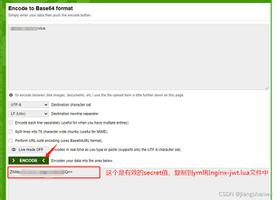C#中的参数化构造函数
正如我们已经讨论过的那样,默认构造函数用于使用默认值初始化类的数据成员,并且默认构造函数不需要任何参数,因此它们称为零或不带参数构造函数。
但是,如果我们想在运行时通过传递值来创建对象时初始化类的数据成员,即当我们想通过传递一些参数来初始化数据成员时,可以使用参数化构造函数。
参数化构造函数是方法的一种特殊类型,它与类同名,并通过给定的参数初始化数据成员。
考虑示例:
using System;using System.Collections.Generic;
using System.Linq;
using System.Text;
namespace ConsoleApplication1
{
//类定义
class Student
{
//私有数据成员
private int rollno ;
private string name ;
private int age ;
//默认构造函数
public Student()
{
//使用默认值初始化数据成员
rollno = 101 ;
name = "Herry" ;
age = 12;
}
//参数化构造函数
public Student(string name, int rollno, int age)
{
//用传递的参数初始化数据成员
this.rollno = rollno ;
this.age = age;
this.name = name;
}
//设置值的方法
public void setInfo(string name, int rollno, int age)
{
this.rollno = rollno ;
this.age = age;
this.name = name;
}
//显示值的方法
public void printInfo()
{
Console.WriteLine("Student Record: ");
Console.WriteLine("\tName : " + name );
Console.WriteLine("\tRollNo : " + rollno);
Console.WriteLine("\tAge : " + age );
}
}
//主类,我们在其中编写主方法
class Program
{
//主要方法
static void Main()
{
//创建学生班的对象
Student S1 = new Student();
//打印通过初始化的值
//默认构造函数
S1.printInfo();
//创建另一个对象
Student S2 = new Student("George", 102, 13);
//打印由参数化构造函数定义的值
S2.printInfo();
}
}
}
输出结果
Student Record:Name : Herry
RollNo : 101
Age : 12
Student Record:
Name : George
RollNo : 102
Age : 13
这里,对象S1的成员将通过默认构造函数进行初始化,默认值为:
Name : "Herry"RollNo: 101
Age : 12
并且,对象S2的成员将通过参数化构造函数进行初始化,默认值为:
Name : "George"RollNo: 102
Age : 13
以上是 C#中的参数化构造函数 的全部内容, 来源链接: utcz.com/z/354227.html









